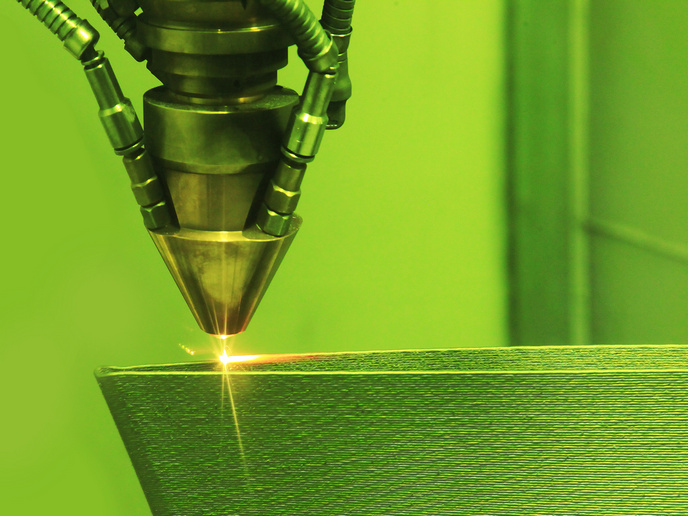Beaming future for young researchers
Increasingly powerful European particle accelerators with unprecedented beam characteristics - existing, under construction and on the drawing table; service a large, multidisciplinary research community. The optimisation of beam characteristics requires advanced beam diagnostics, the foundations of which are directly applicable to medical or industrial devices as well. Thus, beam diagnostics’ development is an excellent training for researchers in related principles, covering a variety of physical effects for application in numerous career paths. Such was the inspiration for the EU-funded project 'Novel diagnostic techniques for future particle accelerators: A Marie Curie initial training network' (DITANET). DITANET is a multidisciplinary consortium of universities, research centres and industrial partners focused on training a new generation of scientists. Industrial partners sat on a supervisory board and offered internships to students to ensure knowledge transfer from academia to industry. In addition to the training of individual partners, the consortium organised several network-wide events. These included two international schools on beam diagnostics and related skills, eight workshops on specific research and development challenges, an international conference and a final symposium open to a wide community. Eighteen early-stage researchers and three experienced researchers benefitted from DITANET support. Their efforts produced a beyond state-of-the-art beam instrumentation for the future Facility for Antiproton and Ion Research (FAIR), X-ray Free Electron Laser (FEL) and Large Hadron Collider (LHC) at CERN. Instrumentation and technology is of relevance to numerous other particle accelerators and should provide important stimulus for future advances. The network website(opens in new window) details the numerous projects covered by the grant as well as events, publications and press releases. DITANET has contributed hugely to the field of particle beam physics. Training new scientists resulted in the development of innovative beam diagnostics instrumentation and the bridging of academia and industry. Basic research as well as applications will now be optimised and poised for maximum impact.







